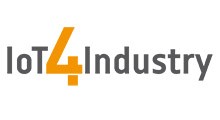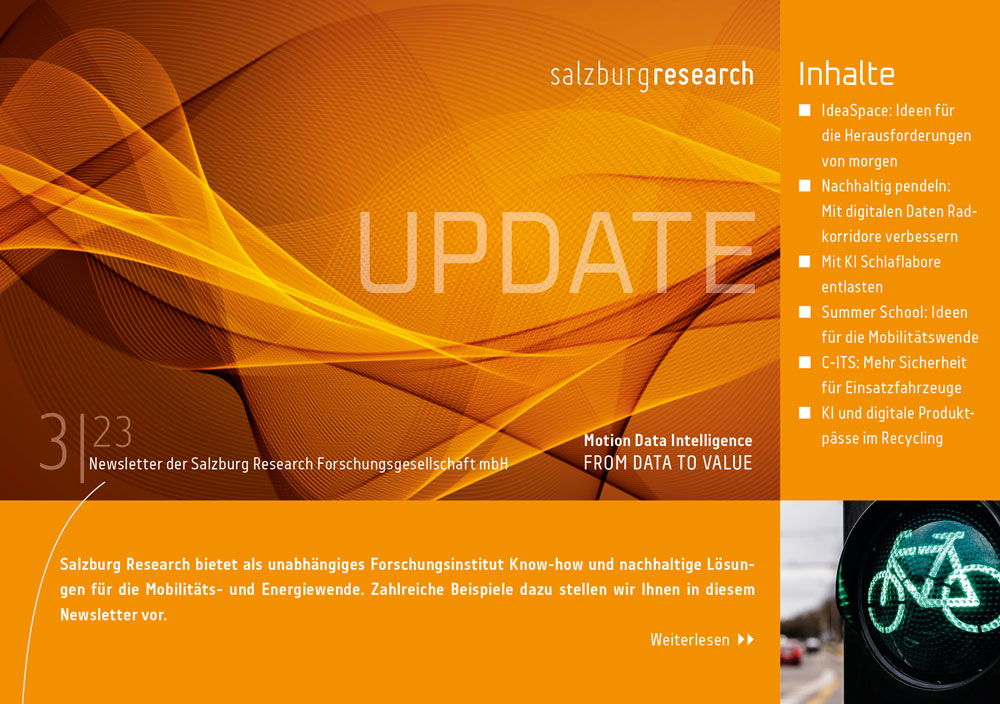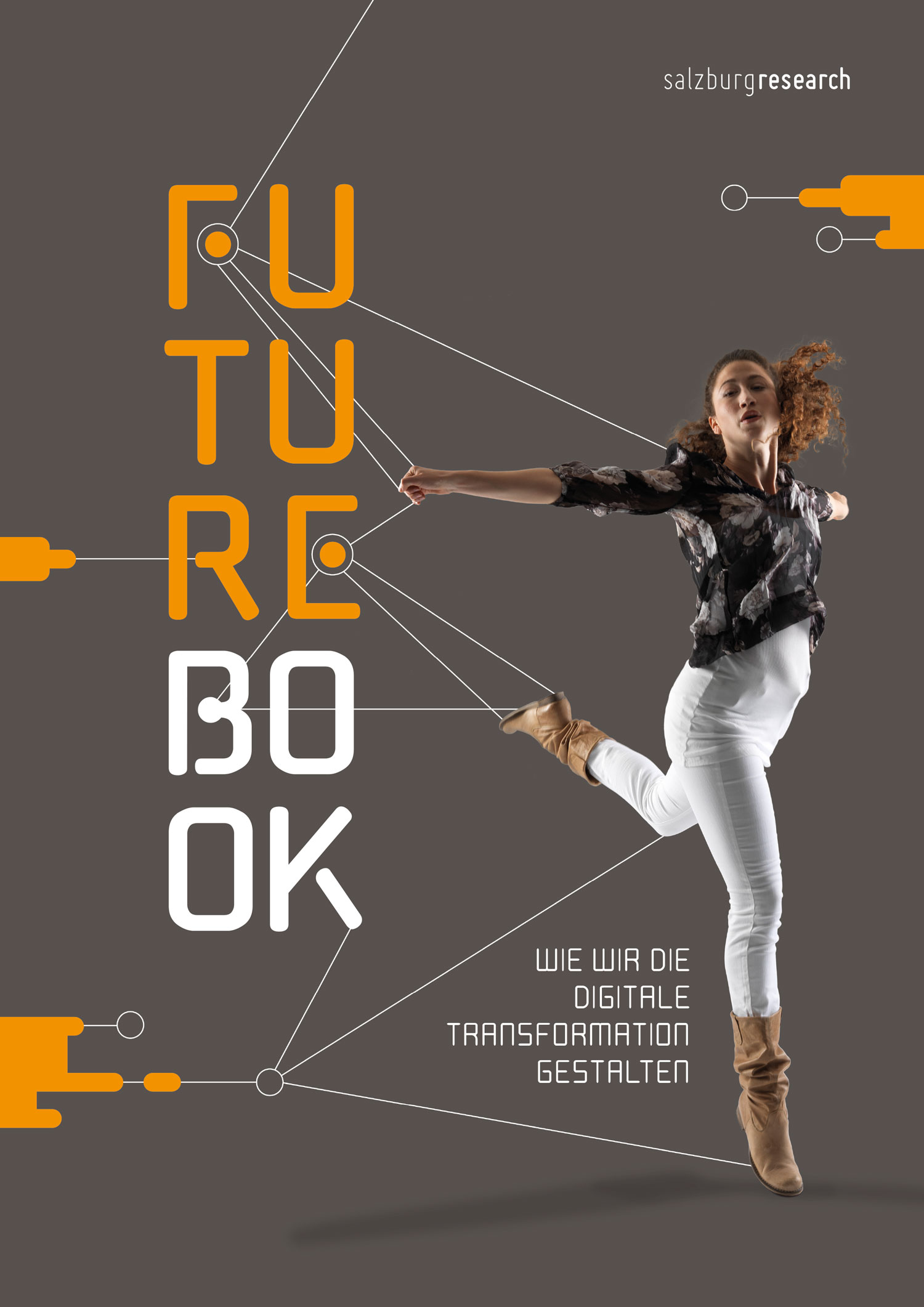IoT4Industry – Secure, Privacy-preserving Agents for the Industrial Internet
In order to benefit from the emerging Industrial Internet, manufacturing companies will have to adapt their current automation infrastructure.

In order to benefit from the emerging Industrial Internet, manufacturing companies will have to adapt their current automation infrastructure. While it is not clear at this stage which protocols and technologies will become mainstream for the Industrial Internet, it has become clear that security and privacy (e.g. concerning intellectual property and trade secrets) will feature strongly in any risk assessment concerning the adoption of practices using the Industrial Internet. IoT4Industry explored the use of policy-enacting, multi-agent systems that securely manage machines and manufacturing cells.
Problem and initial situation
Many manufacturing firms have already achieved high levels of automation and productivity. In other words, their company-wide productivity potentials are largely exploited. However, most manufacturers are highly specialised and their products are being supplied to diverse downstream manufacturers and integrators. While supply chain management in certain sectors such as automotive is well understood and supported by rigorously defined processes, there are many smaller value-networks where such rigorously defined supply chains do not offer any economies of scale. For these value networks, the potential lies in optimising dynamically, against volatile and fast-changing demand and supply situations. The challenge goes already beyond real-time as firms like Amazon move to concepts such as “anticipatory delivery”. What does this mean for the manufacturer? It means a trend towards producing highly individualised components at very short notice, but with a prospect of receiving “signals of buyer’s intent” earlier than before, thanks to the possibilities afforded by the Internet. Getting such signals must then be complemented by the ability to change production plans at short notice, exploiting alternative production routes, and being able to negotiate changes in delivery dates across company boundaries, in real-time. This is where IoT4Industry makes its contribution.
The scientific goals of the project were as follows:
- Can we conceptualise software agents that follow local privacy and security rules such that they can negotiate alternative production schedules in response to dynamically changing demand and supply situations?
- Can we formulate their behaviour in line with the current state of the art in game theory?
- Can we create a feasibility demonstrator for a multi-agent, cross-enterprise scenario where the agents autonomously manage machines and manufacturing cells with which they communicate via a mesh network of lower-level and higher-level sensors, attached to the manufacturing machines
Results and findings
- Methodology for specifying multi-agent security and privacy policies for use in Industrial Internet applications, which is based on:
finding the main security challenges in IoT, including security vulnerabilities, the detection and prevention of attacks in IoT, data provenance and, game-theoretic approach to IoT security, by differentiating between game-theoretic model used to (i) prevent Denial of Services (DoS) attacks, (ii) detect intrusion, (iii) strengthen security, and (iv) detect coexistence with malicious sensor nodes;
finding the main privacy and data protection challenges in the IoT related to privacy models, privacy mechanisms and data access control. - Defining strategic behavior of IoT4Industry agents by incorporating signaling game theory to cover both industrial supply chain management aspects, and privacy and security aspects of simulated agent behavior. These models will be integrated in the proposed IoT4Industry agent system and its libraries.
- Feasibility demonstrator for 3D printing scenario, implemented as Cyber Physical System (CPS) to control communication between sensors (filament sensor, air quality sensor, temperature sensor, etc.), agents and actuators. The interaction is controlled by means of security mechanisms, such as encryption and authentication, and trust models. Sensor data acquisition additionally provides ways to support real-time data analytics and batch analytics. Here, we also discuss semantic models and terminologies with the potential to link to the existing knowledge bases and fully exploit the advantages of LDP (Linked Data Platform). In that sense, we discuss Virtual Sensor Description (VSD)-based models and services, internal models describing physical location, monitoring network systems, sensor settings corresponding to threat levels, sensor control, etc.



